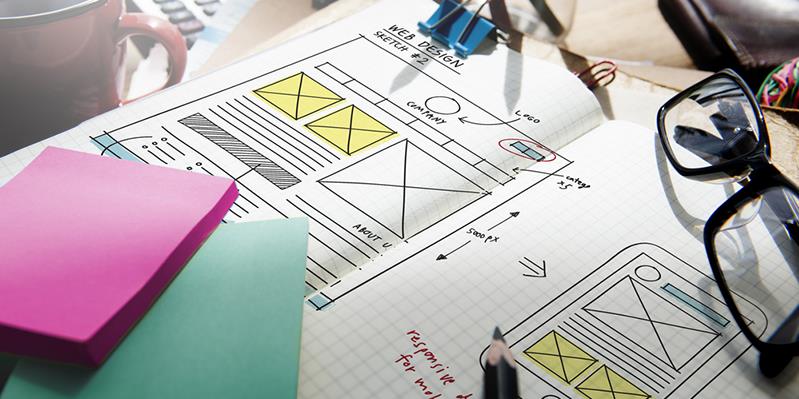Website Design 101: How To Design A Conversion-Driven Website That Sells
Web design is complex. And if you have ever tried to design or redesign your own website, you know this.
While there is no blueprint or secret recipe when it comes to great web design, there are some solid tips that apply across the board when you are trying to design a conversion driving website. Keep reading to learn how to design a website that results in conversions and, ultimately, sales.
4 Tips for Designing a Conversion-Driven Website:
1. Keep it Simple, Stupid
It does not mean to offend you: the KISS principle is both easy to remember and extremely relevant in web design. The more complicated your site is, the more information your users have to get lost in. Beyond that, if you put too much information out before a form, you are not giving your audience much of a reason to engage with you further for more information.
How to drive conversions with simple design:
- Keep all of the content and design on each page directed towards one desired action, preferably an action that requires conversion.
- Instead of listing out all of the great things about your organization and its product or service on your homepage, whittle the information down to the single most valuable thing your offer your audience, and put that front and centre.
2. Make Conversion as Easy as Possible
This rule can be followed in a variety of ways. It could be simplifying a form or making the checkout process less time consuming. Regardless of the form it takes, though, the idea comes down to this: the longer and more complex you make converting, the more likely it is that your audience will not convert.
How to drive conversions with straightforward conversion elements:
- Make your Calls to Action (CTAs) easy to find and easy to understand with colours that stand out and language that clearly demonstrates the value of converting.
- Put yourself in the shoes of your customers, and walk through all of the steps that they need to walk through to make a purchase or conversion. Take notes along the way of unnecessary steps or blocks that you could remove.

3. Emphasize Important Conversion Elements and De-emphasize Undesired Audience Actions
Your audience is busy, and sometimes they need cues from you to direct their attention. Use simple design tactics to highlight the most important conversion elements or next steps. Doing this will help give your audience a clear sign of the optimal next step, and it will hold their keep attention.
How to drive conversions by drawing attention to the right places
- Use colours, size, fonts, and content to make your most important conversion element stand out.
- Specifically, focus on the size of your conversion element. The largest item on a page is presumably the most important, and therefore should get the most real estate on a page. Conversely, make the actions that you do not want your readers to take, such as unsubscribing or going back a step, much smaller.
4. Make the Extra Effort to Capture Your Audience's Attention
It is well-known that pop-ups are not just outdated, but they are universally disliked due to their gaudy nature. There are newer, more engaging, and less obnoxious versions of pop-ups that can actually drive conversions and help your audience out.
How to drive conversions with interactive conversion elements:
- Test out a 'Let's Chat' feature on your page that allows users to get their questions answered by a representative in exchange for an email address. At this point, not only will you have a conversion, you will have quality information to go along with that lead.
- Try implementing a tastefully designed and minimally obstructive pop-up that offers something of value to your audience, such as an eBook or a subscription to your weekly newsletter.
Start Driving Conversions and Sales With Your Web Design
Driving conversions may seem difficult, but with the above design hacks, you will find your audience responding to, engaging with, and, finally, converting on your site with ease. Of course, always keep in mind that one of the primary keys of a great performing website is knowing your audience and driving quality traffic to your page. Without these two aspects, no CTA button can magically drive conversions, no matter how large or colourful it is.
Related Posts
A web app development has been ruling the world for a very long time. Customers are eager to invest in web app development as Paws has made things easier for the users.
As the world of eCommerce continues to evolve, businesses are constantly seeking ways to stand out in the digital landscape. According to a report by Statista, it is predicted that global online sales will reach an impressive mark of $6.5 billion by 2023.
For startups in 2024, there are few aspects as important as web development.
Free webinars can be one of the most effective ways to market your brand or product.
As the internet continues to expand and businesses attempt to reach their customers online, having a great website is essential.


















Comments
comments powered by Disqus